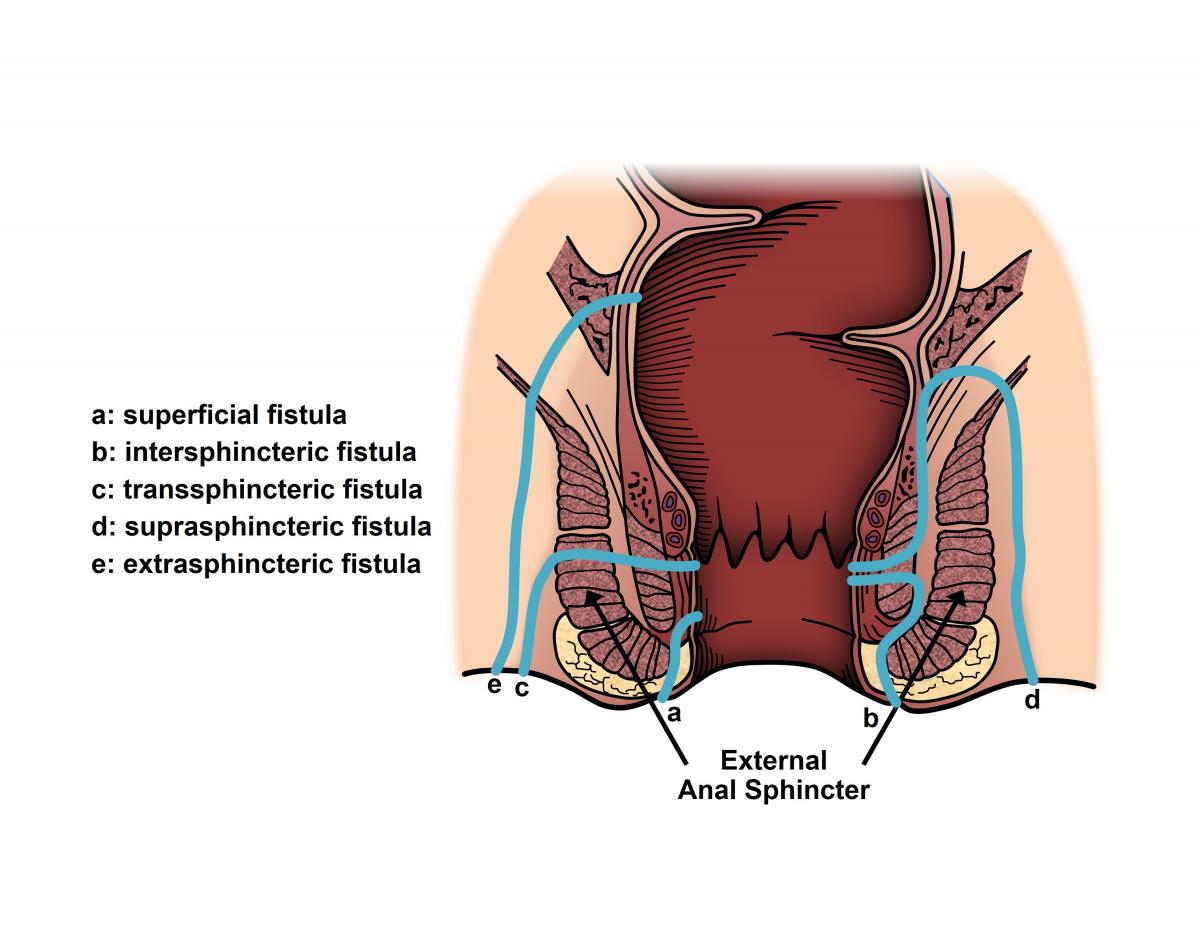Abscess Drainage Under General Anesthesia
Typical anesthetic agents include ¼ marcaine or 1 lidocaine with or without epinephrine. In older children and adults an anesthetic numbing spray is sprayed around the affected area in the back of the throat.
 Abscess Drainage Teachmesurgeryteachmesurgery
Abscess Drainage TeachmesurgeryteachmesurgeryIn younger children the oral abscess drainage procedure is performed under general anesthesia in hospital setting.

Abscess drainage under general anesthesia. Abscess drainage is the treatment typically used to clear a skin abscess of pus and start the healing process. This operation is usually performed under general anesthesia. The size of the incision depends on the volume of the abscess and how quickly the pus is encountered.
Antibiotics alone will not heal an abscess. Inject the skin surrounding the abscess cavity instead of the cavity itself. A skin abscess is a pocket of pus just under the surface of an inflamed section of skin.
Incision and drainage of a bartholin cyst or abscess requires anesthesia of the labial mucosa. She was administered 05 mg of betamethasone for 2 weeks but the main abscess penetrated the retromammary space. Abscesses must be drained of the pus.
Because infiltration of the labial mucosa with a local anesthetic may be painful discuss options such as intravenous narcotics and procedural sedation and analgesia with each patient. Abscess drainage is the technique used to remove an infection that is characterized by the presence of pus surrounded by an area of tissue that is inflamed. In either case the abscess drainage procedure requires a complete drainage of the infected material.
The abscess may be a result of recent surgery or secondary to an infection such as appendicitis. The main abscess was successfully drained but surrounding multiple small abscess loculi remained in contrast to our expectations. A doctor will cut into the lining of an abscess allowing the pus to escape either through a drainage tube or by leaving the cavity open to the skin.
Percutaneous abscess drainage is generally used to remove infected fluid from the body most commonly in the abdomen and pelvis. Epinephrine can be used to decrease the amount of bleeding at the incision site. She was treated with deep drainage under general anesthesia.
Once located the abscess is typically drained with an aspiration needle but since it is likely to refill surgery is usually necessary as well. Its usually triggered by a bacterial infection. Many abscesses can be drained at the bedside under local anesthesia.
 Abscess Drainage Procedures Recovery Recurrence
Abscess Drainage Procedures Recovery Recurrence Incision And Drainage I D Axillary Abscess In Young Girl Youtube
Incision And Drainage I D Axillary Abscess In Young Girl Youtube Csa Surgical Center Abscess Drainage
Csa Surgical Center Abscess Drainage Surgical Procedures For Hidradenitis Suppurativa Mdedge Dermatology
Surgical Procedures For Hidradenitis Suppurativa Mdedge Dermatology Anaesthetic Management For Drainage Of Frontoparietal Abscess In A
Anaesthetic Management For Drainage Of Frontoparietal Abscess In A Abscess Drainage Knox Community Hospital
Abscess Drainage Knox Community Hospital Abscess And Fistula Ascrs
Abscess And Fistula Ascrs Avoid Common I D Mishaps Aapc Knowledge Center
Avoid Common I D Mishaps Aapc Knowledge Center